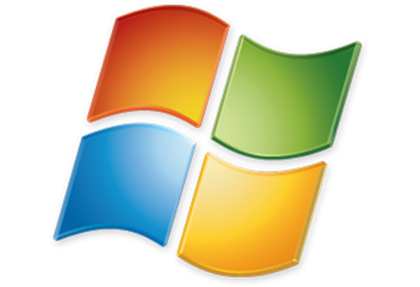Computers need upgrades, and upgrades involve motherboards, and motherboards have chipsets, and chipsets require drivers, which drivers are chipset dependent. And computers also fail, requiring replacing parts. Upgrading or replacing a motherboard with different chipset in Windows Xp used to be both complicated and simple at the same time, requiring the well known repair install. But then Vista and later 7 were released and the repair install was no more.
Fortunately, there is still a way to keep your Windows 7 (and probably Vista, 8, 8.1 and perhaps even the upcoming 10) after switching to a motherboard with different chipset (and driver).
Prerequisites
- Windows installation media – preferably USB stick for the speed, but the classical DVD will work as well
- Drivers for the new chipset
- The need to know your way around a command prompt
- Patience
Procedure
Locate the driver package; if it’s an all-in-one package, like Intel, and you don’t know which exact INF file is responsible for your chipset/storage controller, you can use everything in the package.
Extract/process the drivers and obtain the .inf(s) and extra files; place them on an USB stick (preferably the same one you’re using for the installation media, just use a separate folder).
Boot from your installation/recovery media (either USB or DVD). Select Repair from the boot menu, cancel any check/scan (if possible) to get to the System Recovery Options menu and open a command prompt.
Locate the drive letter on which your driver folder is located (let’s assume E:) and run:
dism /image:C:\ /add-driver /Driver:E:\driver-folder\ /recurse
where C: is the letter of partition holding your Windows installation (double-check it).
Depending on the number of driver files, this may take more or less.
Reboot once it’s done and enjoy your now bootable Windows 7 installation (and continue with installing other drivers for the new motherboard).


For anyone who spent like I 2 days trying all the possible solutions, this is it, the only thing that i had to figure myself is that \driver-folder\ has to actually be \inf\ if your folder is named inf, oh and i placed my driver on the partition that had the windows installation just for the sake of easy finding
You mean before install?
I have integrated the drivers to installation media, also I have put the drivers on separate folder. Now, when I boot the PC from USB stick, USB works just fine, I can go to repair command prompt and do described procedure to include the drivers into existing system.
It finds the drivers and installs them just fine, however when I reboot the system in to existing OS, it still does not recognize USB devices…
I have also integrated intel LAN and chipset drivers. Those are not working as well…. What possible could I be doing wrong?
I though the USB was failing to work in the recovery system. Did you try installing the system’s USB 3.0 drivers using the same procedure or just the chipset ones?
Thanks. In my case, my new PC (Intel NUC) only has USB3 ports…. it all went fine, however usb still does not work. Due to keyboard not working I am unable to enter repair/upgrade… Windows loads up, but I’m unable to log in… sad 🙁
You would need to integrate the USB 3.0 drivers into your Windows installation media beforehand. Give RT 7 a try (slipstream the drivers into boot.wim, not install.wim).
Almost every time i changed the MB and windows would not boot up, it was because the sata setting weere messed up, usually not in the right mode. I guess things could go way worse:D